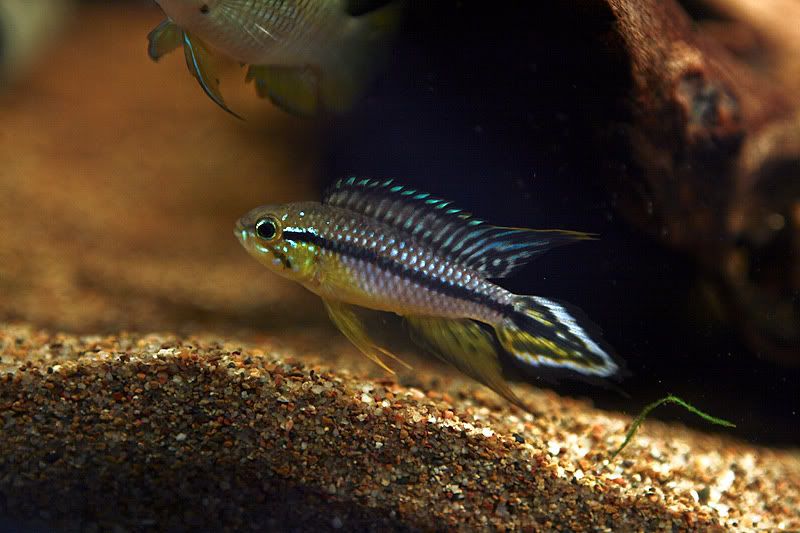- Messages
- 203
- Location
- Brisbane, Australia
Hey guys,
A LFS down here has recently got in some Apistogramma cf. agassizii "Alenquer".
I would be interested in any information members could provide on this species. At this stage I am just going to keep an eye on them in the store. Don't want to jump in to this purchase.
A LFS down here has recently got in some Apistogramma cf. agassizii "Alenquer".
I would be interested in any information members could provide on this species. At this stage I am just going to keep an eye on them in the store. Don't want to jump in to this purchase.


